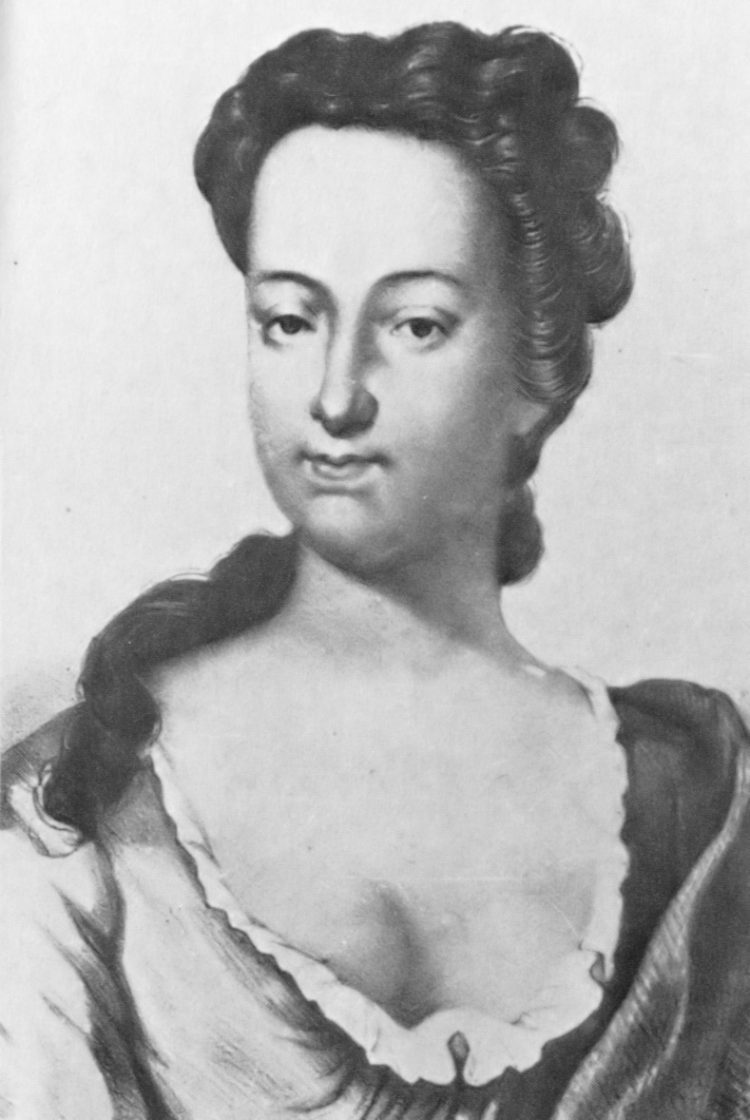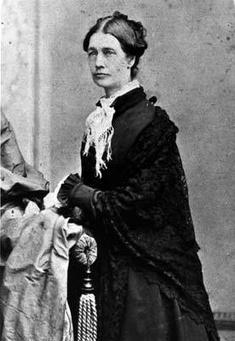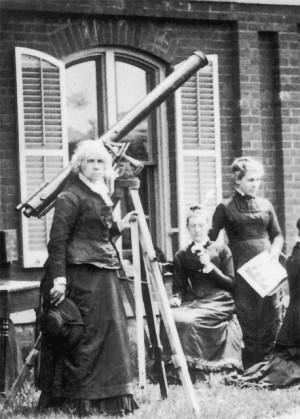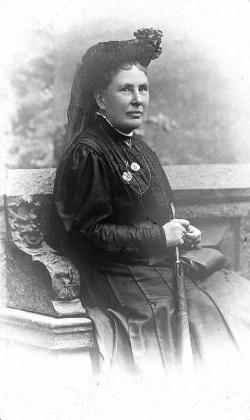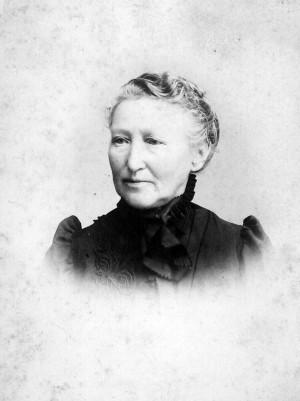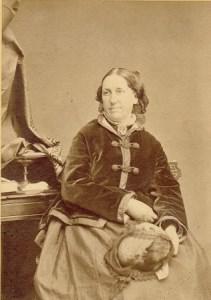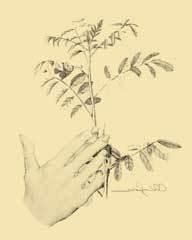The eighteenth century proved to be the time for budding female botanists. Women were allowed to pursue the study of plants and encouraged in illustration, but any deeper interest such as, a professional career, in the actual science of the field was discouraged. It seems a natural evolution that women who have always been involved in herbal preparations for the sick in their homes would develop such an interest. Those who came from a wealthy family with an education would be the ones to push the boundaries. Elizabeth Blackwell would be one of those women.
